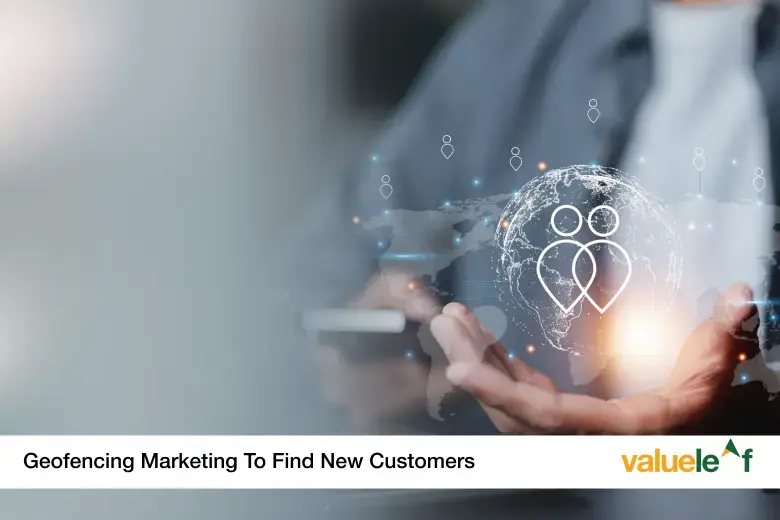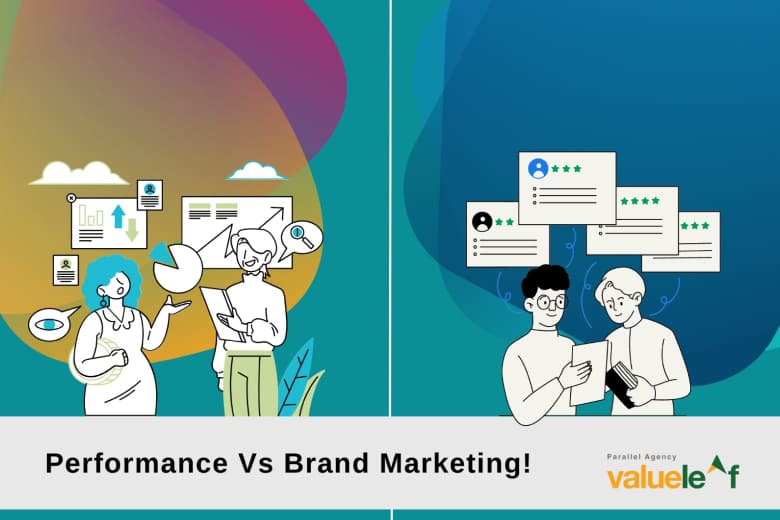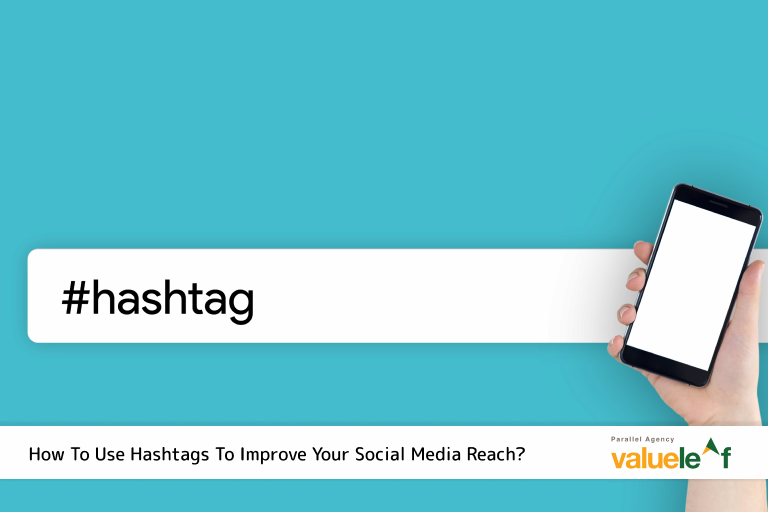In the digital age, where customer attention spans are fleeting and competition is fierce, marketers are constantly seeking innovative strategies to cut through the noise. One such powerful tool that has revolutionized location-based marketing is geofencing. This technology allows businesses to create virtual boundaries around specific locations, triggering targeted actions when a user enters or exits these zones.
Let’s delve into the intricacies of geofencing marketing and explore how it can be a game-changer for customer acquisition.
Understanding Geofencing
Geofencing is a location-based marketing technology that leverages GPS, RFID, Wi-Fi, and cellular data to define virtual perimeters. These “geofences” can range from a few meters to several kilometers, enabling businesses to target their audience precisely. When a user with a geofencing-enabled app enters a defined area, it triggers a pre-set action, such as:
- Push Notifications: Delivering real-time alerts with promotional offers, event reminders, or relevant information.
- In-App Messaging: Displaying targeted messages within a mobile app to enhance engagement and drive conversions.
- SMS Marketing: Sending location-based text messages with exclusive deals or time-sensitive offers.
- Targeted Advertising: Displaying location-specific ads on social media platforms or other digital channels.
Advantages of Geofencing for Customer Acquisition
Precision Targeting and Hyper-Localization
Geofencing transcends traditional demographic targeting by focusing on real-time location. This granular approach allows businesses to reach potential customers at the moment they are most likely to engage.
For instance, a local bakery can geofence the surrounding neighborhood during breakfast hours, sending push notifications with enticing images of fresh pastries.
Competitive Conquesting
Geofencing can help businesses capture customers from competitors by targeting users near a competitor’s store. This tactic, known as “competitive conquesting,” intercepts potential customers with compelling offers, enticing them to switch.
For example, a coffee shop can geofence a competitor’s location and send a 20% discount coupon to users who enter that area.
Event-Based Marketing
Geofencing is invaluable for maximizing the impact of events such as concerts, festivals, or trade shows. By creating a geofence around the event venue, businesses can:
- Promote their brand to attendees.
- Offer exclusive deals and promotions.
- Collect valuable data on attendee behavior.
For example, a food truck at a music festival can send push notifications about limited-time menu items to attendees within the geofenced area.
Enhancing the Customer Journey
Geofencing can create personalized and seamless customer experiences. It allows businesses to interact with customers based on their location. For example:
- A retail store can send a welcome message to customers as they enter the store.
- A restaurant can offer a loyalty reward to frequent visitors.
- An automotive dealer can geofence their service center, sending a discounted detailing offer to customers waiting for their vehicles.
Data-Driven Optimization
Geofencing platforms provide valuable insights into customer behavior, such as:
- Foot traffic patterns: Identifying high-traffic times and areas.
- Dwell time: Measuring how long customers stay within a geofenced location.
- Conversion rates: Tracking how many visitors respond to geofencing promotions.
This data helps businesses analyze the effectiveness of their campaigns and make data-driven adjustments for better results.
Implementing a Successful Geofencing Strategy
1. Define Clear Objectives
Start by identifying what you want to achieve with your geofencing campaign. Are you aiming to increase foot traffic, boost sales, or enhance brand awareness? Clear objectives help guide your strategy and measure success.
2. Identify Target Locations
Determine the most relevant locations based on your audience and business objectives. Ideal locations may include competitor sites, event venues, or high-traffic areas where potential customers are likely to be.
3. Craft Compelling Content
The effectiveness of geofencing campaigns hinges on creating relevant, engaging, and personalized messages. Offer valuable incentives such as discounts, promotions, or exclusive content to entice users to take action.
4. Select the Right Platform
Choose a geofencing platform that offers essential features such as real-time tracking, detailed analytics, and integration with other marketing tools. The platform should suit your business needs and budget.
5. Monitor and Optimize Campaigns
Continuously track the performance of your campaigns and make adjustments to optimize results. A/B testing can help you experiment with different messages, timing, and offers to improve engagement rates.
6. Respect User Privacy
Maintaining user trust is critical. Be transparent about how location data is used, obtain explicit consent, and offer easy opt-out options. Ensure compliance with privacy regulations such as GDPR and CCPA.
Ethical Considerations in Geofencing
While geofencing offers numerous benefits, ethical concerns around user privacy must be addressed. Businesses should:
- Obtain explicit consent from users before collecting location data.
- Be transparent about how location data is used.
- Offer easy opt-out options for users who prefer not to be tracked.
The Future of Geofencing
As technology continues to advance, geofencing is set to become even more sophisticated. Future trends include:
- AI and Machine Learning: Enhancing personalization through predictive analytics.
- Augmented Reality (AR): Providing immersive location-based experiences.
- 5G Connectivity: Enabling faster, more precise geofencing capabilities.
With these advancements, businesses will be able to create more tailored marketing campaigns and immersive customer experiences.
Conclusion
Geofencing marketing empowers businesses to reach customers with timely, location-based offers, driving engagement and conversions. With precise targeting, competitive conquesting, and event-based promotions, it delivers measurable results. Success lies in crafting compelling campaigns, respecting user privacy, and leveraging data for continuous improvement. As technology evolves, geofencing will remain a vital tool for customer acquisition and business growth.
Frequently Asked Questions
Q. What exactly is geofencing, and how does it work?
A. Geofencing creates virtual boundaries around physical locations. When a user with a mobile device enters or exits these boundaries, it triggers a pre-set action. This is achieved using technologies like GPS, Wi-Fi, and cellular data, allowing marketers to deliver targeted messages based on real-time location.
Q . How can geofencing help my business acquire new customers?
A. Geofencing enables hyper-local targeting, allowing businesses to reach potential customers at the right place and time. By delivering relevant offers and messages based on location, you can increase engagement, drive foot traffic, and ultimately acquire new customers. It’s especially useful for competitive targeting and event marketing.
Q. What are some practical examples of how businesses use geofencing?
Retail stores use it to send discount notifications to shoppers entering nearby malls. Restaurants promote lunch specials to people in surrounding areas. Event organizers provide real-time updates to attendees at conferences. Automotive dealerships target customers at competitor locations with better offers.
Q. Is geofencing marketing considered invasive or a privacy concern?
A. Yes, it can be if not implemented responsibly. It’s crucial to obtain user consent, be transparent about data usage, and provide easy opt-out options. Complying with privacy regulations like GDPR and CCPA is essential to maintaining user trust and avoiding backlash.
Q. What tools and platforms are available for implementing geofencing marketing campaigns?
A. Several platforms offer geofencing capabilities, including dedicated geofencing services, mobile marketing automation platforms, and social media advertising platforms. These tools allow you to define geofences, create targeted messages, and track campaign performance. Choosing the right platform depends on your specific needs and budget.




